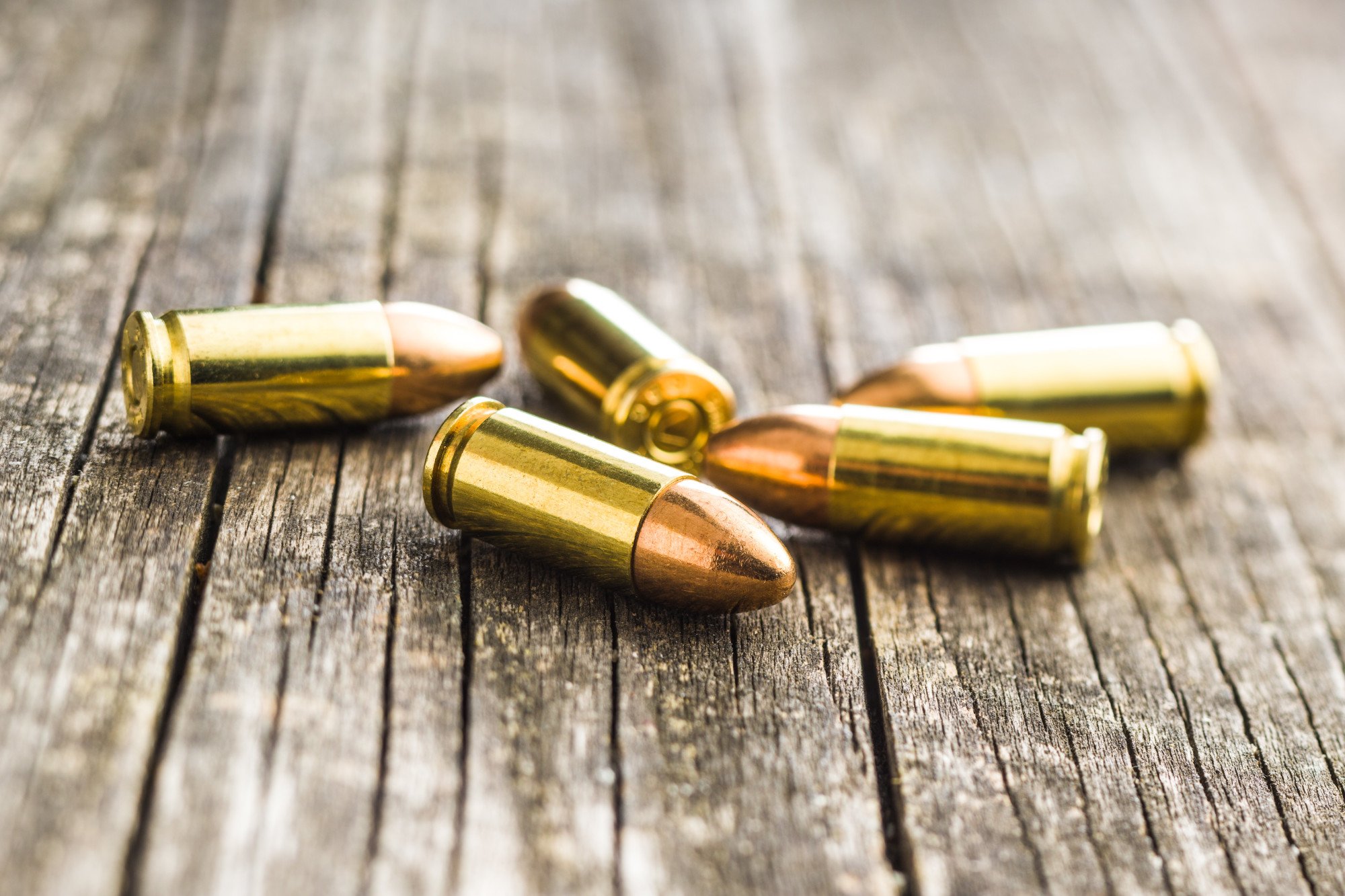From Casing to Primer: A Breakdown of the Basic Parts of Ammunition
How is a gun different from a bomb? How are they the same?
Fundamentally, they’re the same. Both weapons have a casing, primer, and propellant that explodes to shoot a projectile from the weapon. But ammunition is more than just bullets and gunpowder.
Have you ever been intrigued by what goes into making a bullet effective? From the casing to the primer, each component plays a crucial role. Understanding the basic parts of ammunition can help ensure safety and improve your shooting skills.

Ready to dive into the fascinating world of ammunition components? Let’s get started.
The Casing: The Container of Components
The casing is like the backbone of a bullet; it holds everything together. Picture it as a tiny cup made of metal, often brass, like the popular 303 British brass. This casing contains all the other parts of the ammunition, like the primer and gunpowder.
It’s designed to withstand a lot of pressure. When the gun’s hammer strikes the primer, a spark is created. This spark ignites the gunpowder within the casing.
This explosion pushes the bullet out of the casing and through your gun’s barrel. Later, the expended casing gets ejected from your firearm.
The Primer: The Spark Starter
The primer is a small cap located at the base of the casing. When struck by the gun’s firing pin, the primer ignites. This spark is what lights the propellant.
Primers are made of a sensitive chemical compound. This compound ignites easily when struck, starting the reaction.
It’s this initial spark that leads to the bullet being fired. The propellant would not ignite without the primer, and the bullet would not be fired.
The Propellant: The Force Behind the Bullet
The propellant, often called gunpowder, is the material that burns to create gas. When the primer ignites the propellant, it creates a high-pressure gas. This gas pushes the bullet out of the casing and down the barrel of the gun.
The amount and type of propellant can affect the bullet’s velocity. More propellant generally means a faster bullet. However, too much can damage even a large pistol.
The Bullet: The Projected Projectile
So, what flies out of your gun when you pull the trigger? That’s the bullet. It’s not the whole ammunition; it’s just a part – the tip.
Bullets come in different types and sizes, usually made of lead. You might hear about flat-point bullets or plated bullets.
There is a bullet designed for specific tasks. So, picking the right bullet is key to accurate and effective shooting.
The Rim and Extractor Groove: Ensuring Smooth Operation
The rim and extractor groove are vital for the smooth operation of the firearm. These parts are at the base of the casing.
The rim is the protruding edge at the base of the casing. It helps hold the cartridge in place when it’s chambered. The extractor groove is a small cut below the rim, where the firearm’s extractor grips to remove the spent casing.
These parts are essential for the reliability of the firearm. They ensure the gun can cycle properly, loading and unloading rounds smoothly.
Learn About the Basic Parts of Ammunition Today
Understanding the basic parts of ammunition is crucial for any gun enthusiast or shooter. From the casing to the primer, each component plays a crucial role in the functioning of a bullet.
Let’s keep learning and stay safe. Guns are powerful tools, and knowledge about ammunition makes us better users.
Please take a look at our blog for more educational articles.


